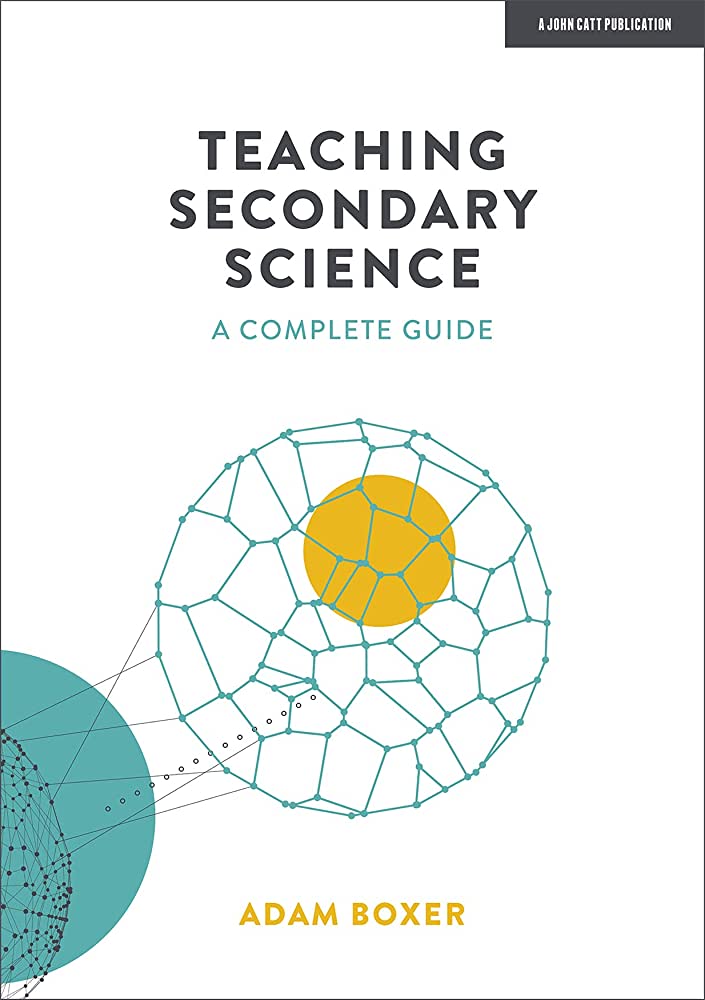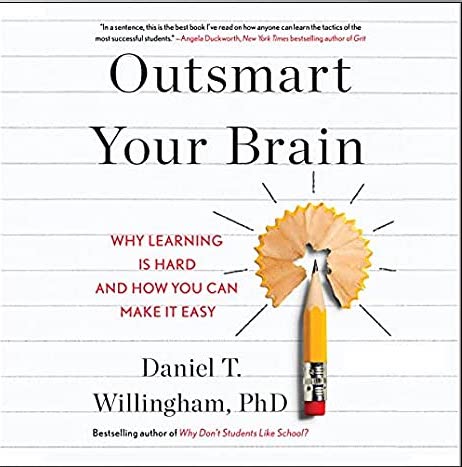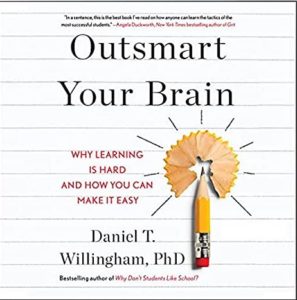In schools, optimism helps teachers a lot.
At the beginning of the year, my students JUST DON’T KNOW all sorts of things: how to write a good essay; how to analyze Macbeth; how to define “gerund.”
In all likelihood, your students don’t know things too.
Because I’m often an optimist, I trust that — by the end of the year — they WILL KNOW all those things, and lots more. So, I suspect, are you.
Our optimism prevents despair. (“They’ll just never learn the …”)
At times, however, that optimism can build unreasonable hopes and expectations.
For instance:
I hear a GREAT DEAL of enthusisam about the concept of teaching students “to learn how to learn.”
If students know all the cool stuff that we discuss at Learning and the Brain conferences, surely their academic lives will be better.
The optimist in me says: “that sounds GREAT.” The realist in me says: “I want to slow down and ask some pointed questions…”
A Core Principle
I make my living by explaining cognitive science to teachers. I talk about working memory and attention and retrieval practice and prior misconceptions and executive attention…the list goes on.
When I think about explaining cognitive science to students, I return to this vital question:
Realistically speaking, can students DO SOMETHING with this information?
If the realistic answer to that question (have I written “realistic” often enough?) is not an emphatic “YES,” then I’m very hesitant about sharing it.
For example: retrieval practice.
By now, this blog’s readers know that actively calling information to mind (“retrieval practice”) enhances learning — especially when compared with rereading (“simple review”).
I could link to dozens of sources, but — to keep things simple — I’ll simply highlight this book review, and this website.
Obviously, we teachers should use as much retrieval practice as we reasonably can.
But: should we tell our students about retrieval practice, so they can “learn how to learn”?
Let’s go back to my guiding principle:
Realistically speaking, can students DO SOMETHING with information about retrieval practice?
Well: obviously YES.
Students can…
… make flashcards
… quiz one another (rather than review their notes)
… outline a chapter from memory (rather than reread the chapter).
Students have ALL SORTS of ways to make retrieval practice their own, and to benefit from it.
So, it makes sense to tell students about this part of cognitive science.
In truth, I tell my students about retrieval practice at the beginning of every year. (I once had a student THANK ME for doing so much retrieval practice. No, I’m not making that up.)
In this specific case, students can absolutely “learn how to learn.”
Next Question
If students should learn about retrieval practice, what about other “desireable difficulties”? What about — for example — spacing and interleaving?
You know the drill:
Realistically speaking, can students DO SOMETHING with information about spacing and interleaving?
Honestly, I have my doubts.
Students have relatively little control over their practice schedule. They practice when their homework requires them to do so.
In other words: they can’t simply decide to do half their “gerund” exercises tonight and half later in the week. They have to do them when I assign them.
So: it’s on me (and other teachers) to design our syllabi to space and interleave practice.
But, for the most part, students can’t do much with this information, so I don’t make a big deal about it with them. (I’m relieved to know that Bradley K. Busch largely agrees with me on this point.)
Yes: students should probably know about spacing and interleaving so that they can manage their college study habits well. But until they get to college, that information doesn’t offer them much practical guidance (except in unusual circumstances).
And the next…
Sadly, I think most information from cognitive science fits in this latter category.
That is: TEACHERS should know about working memory. (Teachers should obsess about working memory.)
But, I don’t think students can do much with information on this topic.
That is: when they’re experiencing working memory overload, they don’t have enough working memory left to get metacognitive about working memory reduction strategies.
The potential solution, paradoxically, exacerbates the problem.
Heck, it took me YEARS to figure out how to apply my knowledge of working memory limitations to my teaching. It seems somehow unfair to ask students to accomplish a task that challenged me so greatly.
Heretically, I don’t think that students really need to know much about mindsets either. Instead, I think TEACHERS and SCHOOLS should create policies and practices with this theory in mind.
Those mindset posters probably don’t do any harm.
But if they’re not enacted by the teachers’ words and decisions, that contradiction makes the students’ knowledge useless.
Telling students about mindsets (probably) doesn’t help them learn how to learn. Behaving and speaking as if we have a growth mindset helps students learn.
An Alternative Perspective
I’ll say all this in a different way: I believe teachers have a distinct and vital role in students’ learning.
Students have their work to do — obviously. And we have ours.
Those two roles sometimes overlap. But just as often, they remain distinct.
We should know our subject.
And, we should know from cognitive science.
In those few cases (retrieval practice!) where students can use that knowledge immediately, we should eagerly share it with them.
In the more common cases where they can’t (e.g.: Posner’s tripartite theory of attention; dopytocin), we should put it to use, but not burden students with extraneous cognitive load.
This perspective might not be uplifting and optimistic, but I hope its realism will ultimately help my students learn better.








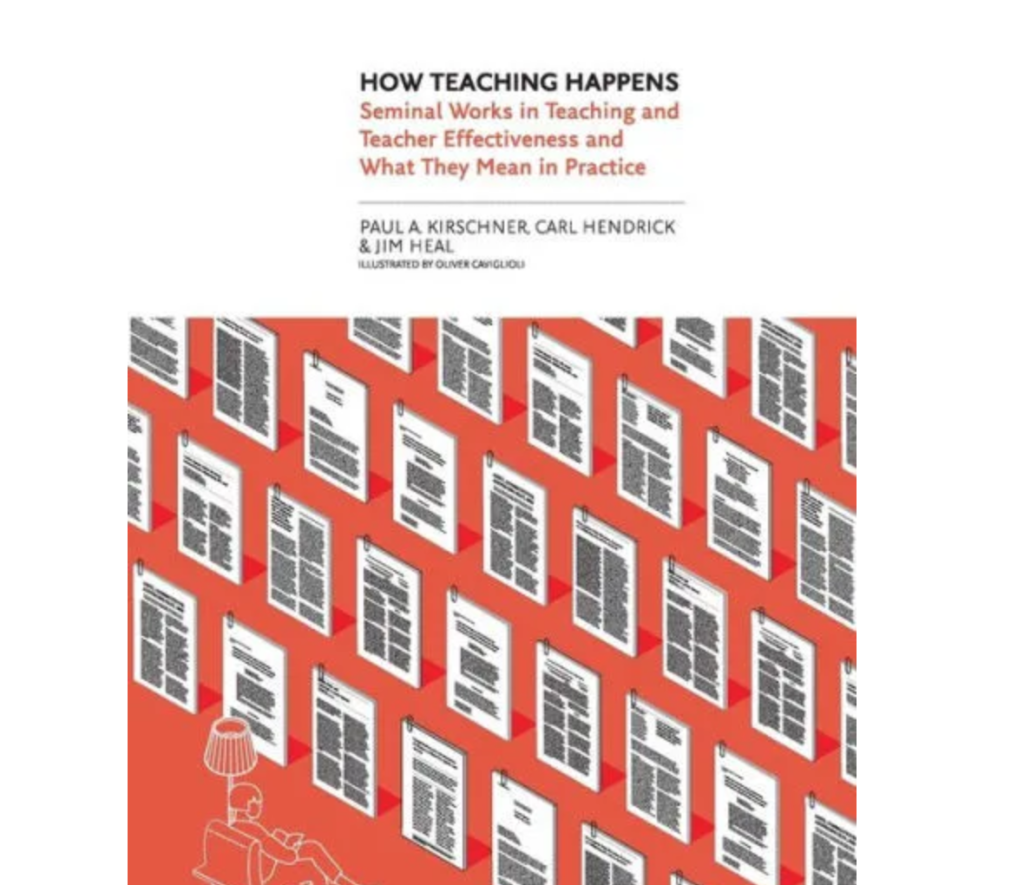

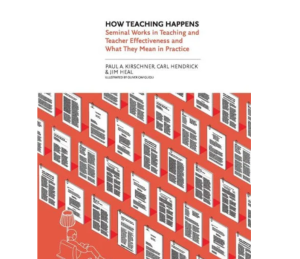


![Have I Been Spectacularly Wrong for Years, Part 2 [Removed 6/14/23]](https://www.learningandthebrain.com/blog/wp-content/uploads/2023/06/AdobeStock_577718474-1024x576.jpeg)




